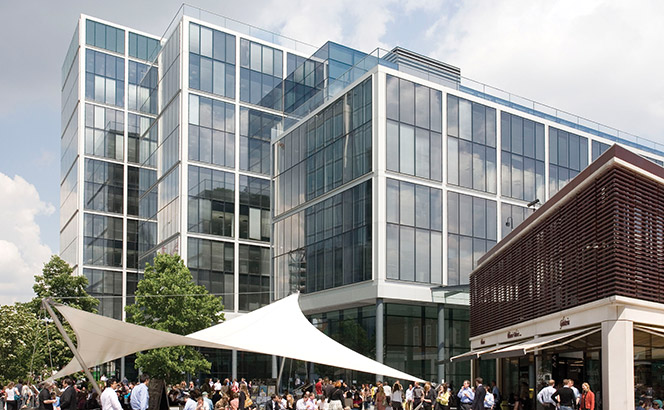Allen & Overy’s (A&O) response to criticism over its failure to disclose the pay gap between male and female partners has revealed slow progress on a par with its Magic Circle peers.
The UK pay gap report for 2018, published today (6 September), for the first time includes the disparity between A&O’s female and male partnership and reveals men at the firm are overall paid on average 61.2% more than women. When taken on a median basis, the 2018 disparity is reduced to 39%.
A&O’s latest report also says female partners – which make up just 20% of the partnership over the last two years – are paid on average 15.9% less than male counterparts this year, an improvement on the 19.7% gap in 2017.
The Magic Circle firm was singled out by MPs recently over its failure to disclose its 2017 partnership pay figures when prompted to earlier this year.
The Business, Energy and Industrial Strategy Committee’s report, published on 2 August, singled out A&O’s inability to publish partner gender pay gap data: ‘The exclusion of the highest paid people in organisations makes a nonsense of efforts to understand the scale of, and reasons behind, the gender pay gap.’
Sacha Hardman, A&O’s global HR director, told Legal Business the decision to publish partner pay disparity now was not in response to criticism levelled at the firm over failing to do so earlier: ‘It has always been our intention to report the data in a more timely fashion, in line with our annual financial results.’
The report states: ‘Our overall gender pay gap is more pronounced when we include our partners because we have a much higher proportion of men than women in our partnership, as well as a higher number of men in the most senior partner positions. We are focused on reducing this year on year and know that achieving real progress relies on improving the gender balance at the most senior levels of our business.’
A&O’s latest report includes 2017 figures comparable with those Magic Circle counterparts have already disclosed. These show that for the 2017 financial year, the overall gap between male and female pay was 65%, a disparity which narrowed to 42.1% on a median basis.
On a like-for-like basis, Linklaters’ 2017 gender pay gap, including partners, stood at 60.3% and Clifford Chance’s was 66.3% in favour of men. In a similar vein, Slaughter and May admitted an average 61.8% pay gulf and Freshfields Bruckhaus Deringer a 60.4% disparity.
Hardman was upbeat about the A&O’s prospect of addressing the problem of having too few women in the partnership: ‘The concerns are being tackled on all management levels, not just on [senior partner] Wim [Dejonghe] and [managing partner] Andrew [Ballheimer’s] level. It’s a real challenge and leadership is very focused on achieving this.’
A&O made up only two women in its last promotions round in April, despite the same month ramping up its diversity drive, including opening a so-called ‘hub’ office in southwest London’s Vauxhall to facilitate remote working. Dejonghe simultaneously set a target for 30% of partnership candidates to be women, starting by 2021.
The firm has also taken the unusual step of reporting the pay gap based on ethnicity, relating to the 14% of A&O’s UK partners and employees which are Black, Asian or Minority Ethnic (BAME). The average pay gap between BAME and non-BAME employees was 21.6% in 2018 but swung the other way in favour of BAME employees on a median basis to -26.8%. This marks a slight improvement on 2017 when BAME employees represented only 12.8% of the workforce and the average pay gap stood at 22.8% (-14.8% on a median basis).

